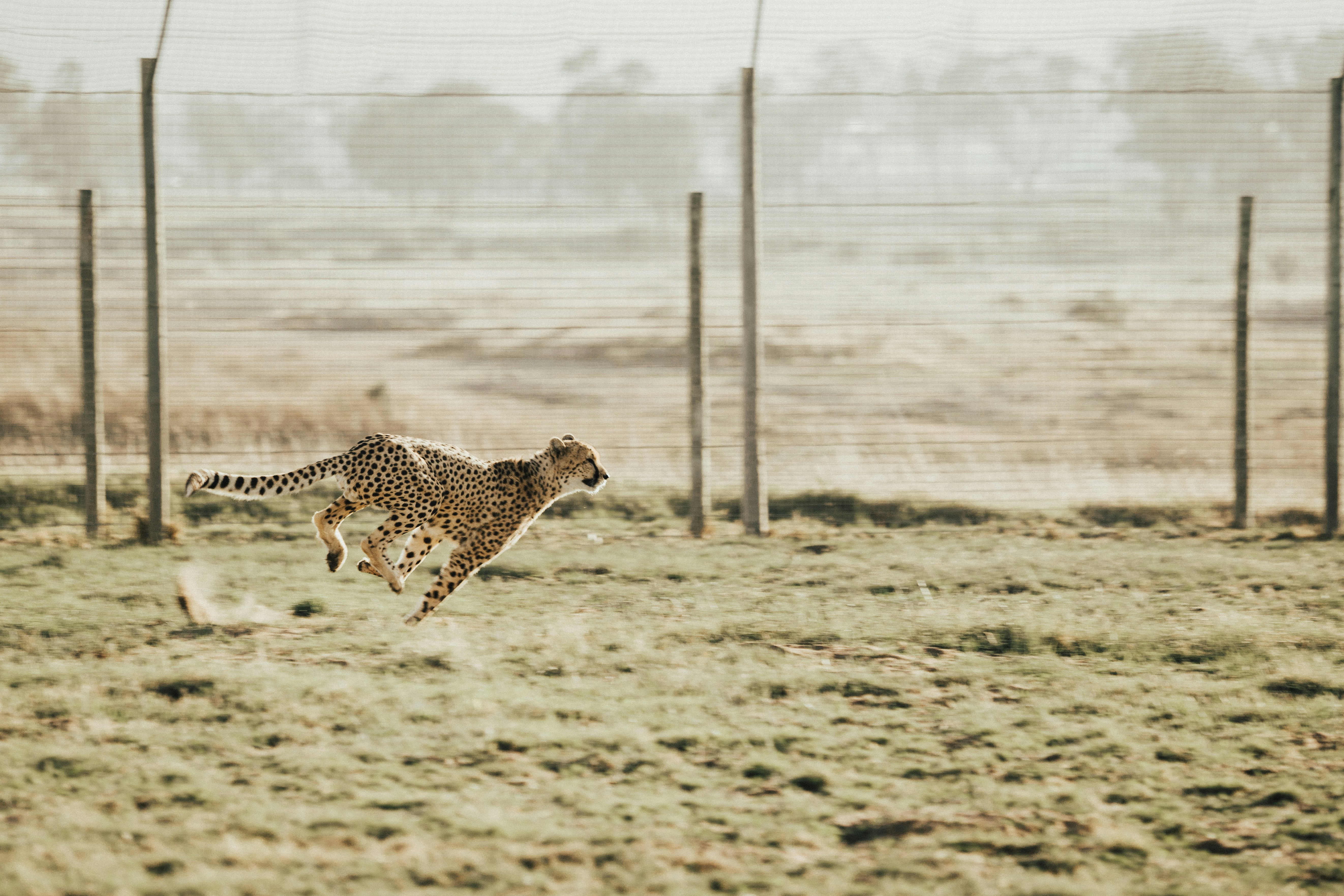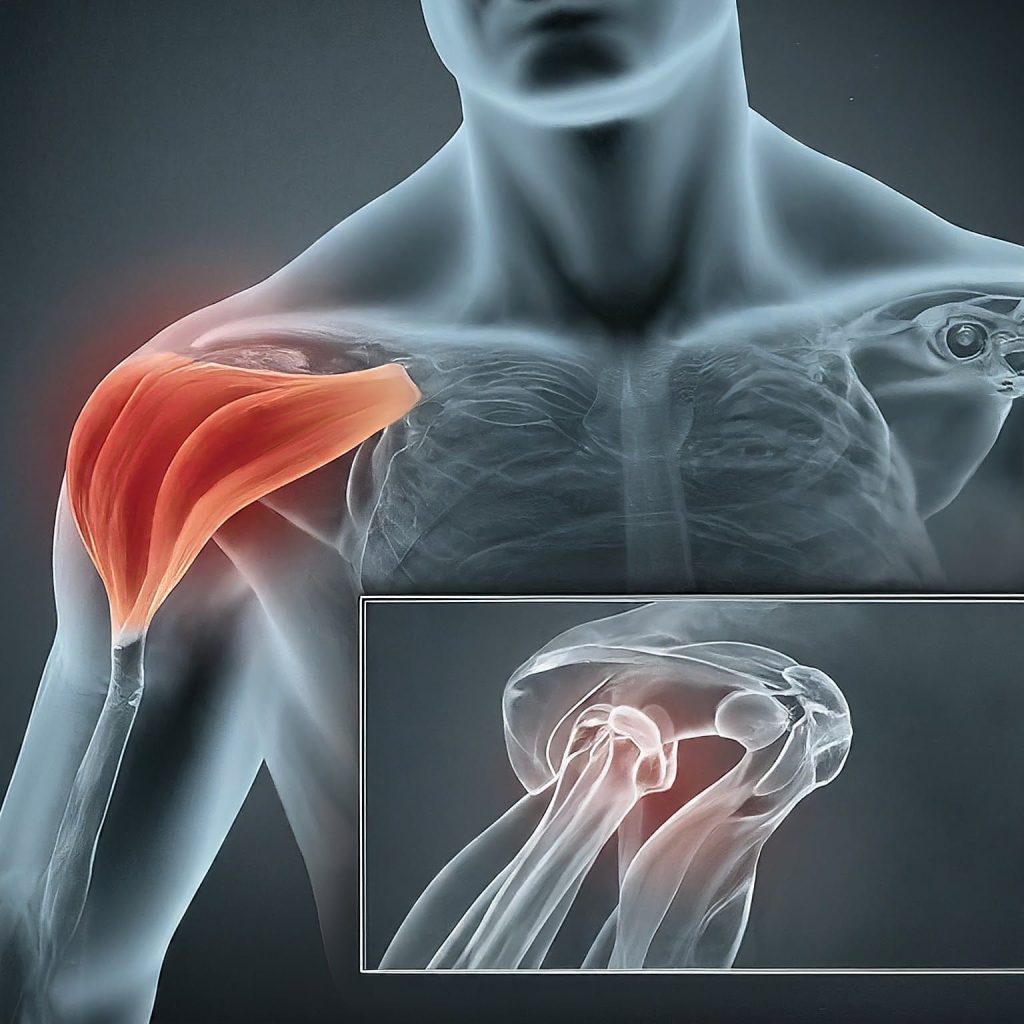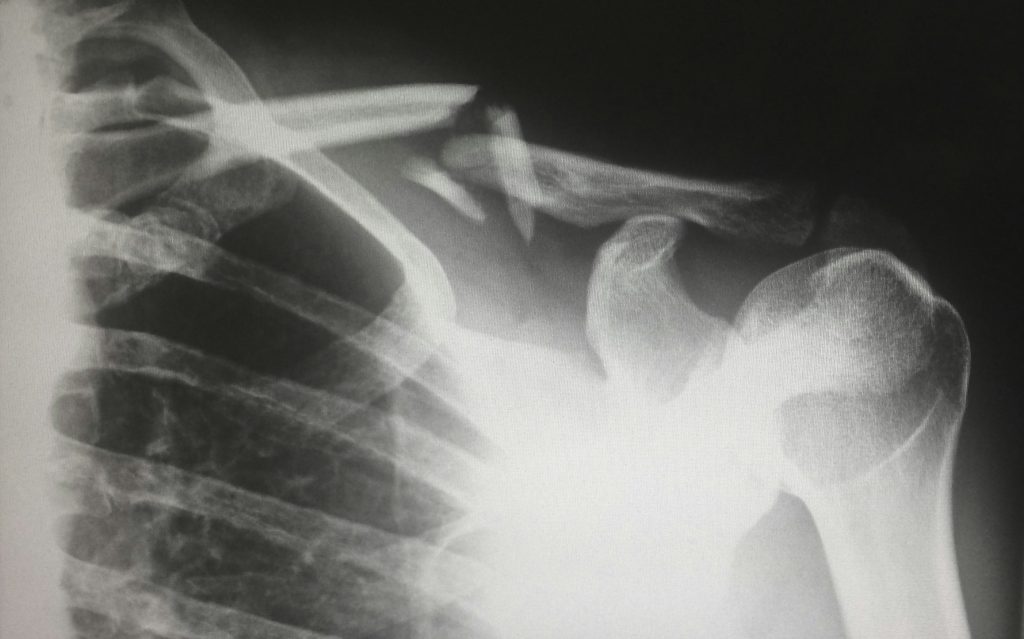
Generalized Warm Up
Gradual increase of body temperature and muscle blood flow with Thermodynamics: Start with low-intensity activities and gradually increase the intensity. This allows your body to adjust to the upcoming physical demands and pattern parts of movement. Dynamic skips, self myofascial release, jogging, etc. can help build up intensity from a rested state.
Mobility: Implementing mobility activities for multiple joints through various movements can increase joint synovial fluid and improve transient range of motion. These enhanced ranges are able to be accessed with later, more intense, parts of the warm up.
Late: Increasing Demands of the Warm-up
Dynamic motor patterning: Incorporating movements that involve patterns required to perform well at the upcoming motor task. Dynamic movement is far more effective than static stretches for a warm-up. Motor pattern priming involves rehearsing specific movements or patterns that are relevant to the main activity you’re about to perform. By doing so, you “prime” the neural pathways responsible for those movements, making them more responsive and readily available during the actual exercise.
Sport-specific movements: Include movements that mimic the actions you’ll be performing during your main activity or exercise session. Additionally, this is where if, for example, you’re playing soccer, practice dribbling and passing; if you’re lifting weights, perform lighter sets of the exercises you plan to do.
Increasing intensity of activity for neural excitation: The warm-up should progressively get more intense with activities getting closer to the sport specific task later in the warm up. Increasing intensity and power demands excite the nervous system for upcoming demands and enhance signal efficiency. Neural excitation refers to the increased activation of the nervous system, particularly the motor neurons that control muscle contractions. During a warm-up, various sensory receptors in your muscles, tendons, and joints send signals to your brain, indicating that physical activity is imminent. As a response, your brain increases the firing rate of motor neurons, leading to greater muscle activation. This neural excitation enhances the communication between the brain and muscles, making movements more efficient and precise. It allows your muscles to contract more forcefully and rapidly, leading to improved performance during the main activity.
The combination of neural excitation and motor pattern priming in a warm-up helps improve neural-muscular coordination, reaction times, and movement efficiency. Increasing short duration intensity that is progressively ramped up can help reduce the risk of injuries by preparing your body and mind for the specific demands of the activity.
Summary
An effective warm-up might include activities that progressively activate muscles, involve sport-specific movements, and mimic the intensity and range of motion required during the main exercise.Constraint-based drills for dynamic movement can further enhance motor pattern priming by encouraging the body to move through the patterns it will encounter during the activity.
Progressively increasing contractile speed and motor output during a warm-up is essential for preparing your body for the demands of the main activity. The goal is to gradually ramp up the intensity and complexity of movements, allowing your muscles and nervous system to adapt without overwhelming them.
Remember that warm-ups can vary depending on the activity, your fitness level, and specific needs. Tailor your warm-up accordingly, and always prioritize safety and injury prevention. If you are unsure about the best warm-up for your specific activity, consider seeking guidance from a fitness professional or coach. Warm-ups should NOT be composed of long-duration activity, endurance activity, or activity that fatigues the muscle prior to explosive contraction. The warm-up is intended to prepare your body for the specific demands of the main activity or exercise session, and prolonged endurance exercise is counter productive to this excitation.
Throughout the warm-up, progressively increase the speed and intensity of your movements. This can be achieved by performing movements at a faster pace, incorporating more dynamic and sport-specific actions, or increasing/decreasing the resistance (if applicable). Remember, the main purpose of a warm-up is to prepare your body and mind for the upcoming exercise, not to exhaust yourself. By gradually increasing contractile speed and motor output, you prime your neuromuscular system, improve performance, and reduce the risk of injury during the main activity.
Additional Items:
Proper hydration: Make sure to drink enough water and electrolytes before and during the warm-up. Proper hydration is required for neural stimulation and excitation. Additionally, adequate hydration is one of the most potent performance enhancers.
Mental preparation: While increasing the contractile speed and motor output, also use the warm-up time to mentally prepare yourself for the main activity. Visualize successful performance and reinforce positive thoughts about your abilities.




